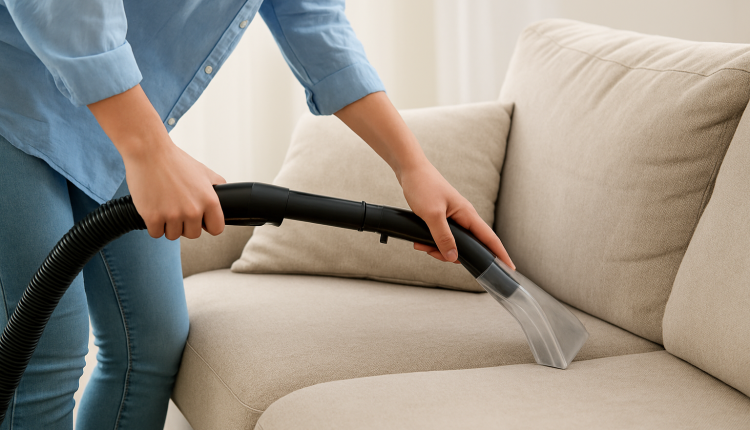Mastering Upholstery Care: Extending the Life of Your Furniture
Furniture is more than functional—it reflects personal style and creates the atmosphere of a home. Yet, upholstered furniture often faces heavy use, accumulating dust, stains, and odors that diminish both its appearance and longevity. Mastering upholstery care ensures that sofas, chairs, and cushions not only remain visually appealing but also hygienic and durable.
Understanding Upholstery Materials
Different fabrics require different cleaning approaches. Natural fibers like cotton and linen are breathable but prone to staining. Wool blends resist wrinkling but may shrink if cleaned improperly. Synthetic fibers such as polyester or microfiber are durable and easier to maintain. Leather, while not a fabric, requires specialized care to prevent cracking or fading. Identifying the material is the first step in effective maintenance.
The Role of Regular Maintenance
Dust and dirt act like sandpaper on fabric, wearing down fibers over time. Regular vacuuming with upholstery attachments prevents buildup, while rotating cushions ensures even wear. Simple habits like avoiding direct sunlight can also prevent fading, extending the vibrancy of colors and patterns.
Tackling Stains the Right Way
Spills are inevitable, but quick response makes all the difference. Blotting—never rubbing—prevents liquid from embedding deeper into fibers. For water-based stains, mild soap solutions are effective, while solvent-based cleaners may be needed for oil stains. Always test products on hidden areas before applying widely.
Leather requires conditioning to maintain suppleness, while microfiber benefits from a damp cloth or specialized cleaner. Understanding these nuances prevents common mistakes that can worsen damage.
Odor Control and Freshness
Upholstery can trap odors from pets, food, or smoke. Baking soda, when sprinkled and vacuumed after a few hours, neutralizes smells naturally. Steam cleaning also removes embedded dirt and refreshes fabrics. For stubborn odors, professional cleaning may be necessary to restore freshness without damaging the material.
Professional Cleaning vs. DIY
While routine maintenance can be handled at home, professional upholstery cleaning is recommended every 12–24 months. Experts use equipment and products tailored to specific fabrics, removing deep-seated dirt and allergens. This service not only restores appearance but also extends furniture lifespan, making it a worthwhile investment.
Sustainable Upholstery Care
Eco-conscious homeowners are turning to natural cleaning products like vinegar, lemon, and plant-based soaps. Reupholstering rather than discarding furniture also reduces waste, giving pieces new life while aligning with sustainable living values.
Conclusion: Investing in Longevity
Upholstery care goes beyond surface cleaning—it preserves comfort, beauty, and value. By understanding materials, practicing consistent maintenance, and seeking professional help when needed, homeowners ensure that their furniture remains both inviting and durable.
A well-maintained sofa or armchair tells a story of care, style, and sustainable choices, transforming furniture from temporary décor into cherished household companions.

